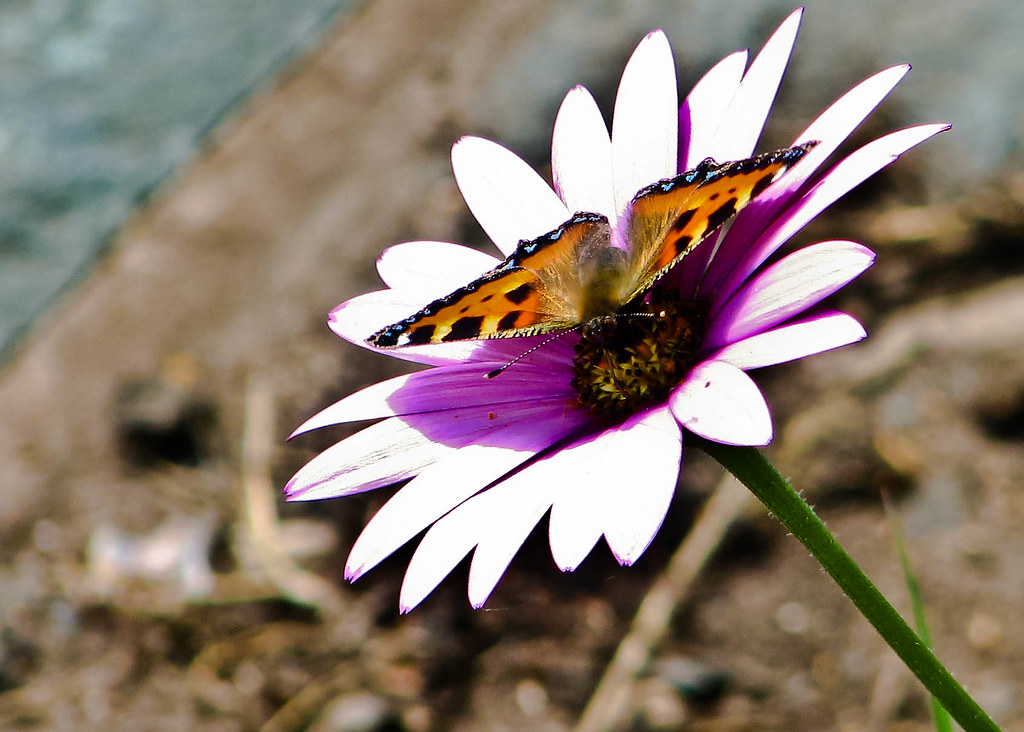Small Tortoiseshell Butterfly


|  | |
 |
Description
Regarded as one of our most common butterflies the bright orange wings with black spots of the Small Tortoiseshell makes this one of our most easily recognised butterflies. It is fast flying in bright sunshine but can be easily approached when feeding.
The Small Tortoiseshell is a strong flyer and easily colonises suitable habitat. It also hibernates during the winter and is usually one of the first butterflies to be seen in the spring along with other regular hibernators, Red Admiral, Peacock, Comma and Brimstone.
Its larvae feed on Common Stinging Nettle usually in large numbers with young larvae living close together sheltered within a protective silken web. As the larvae reach the final stages of development, they become more independent.
Recent years have seen a rapid decline in numbers of Small Tortoiseshell numbers across Britain. The primary reason for this decline is thought to be due to the expanding range of a tachinid parasitoid fly called Sturmia bella which was first recorded in Britain in 1999.
The adult fly (Sturmia bella) lays its eggs on the surface of Common Nettle leaves. These are ingested by the young caterpillars of the Small Tortoiseshell. TheSturmia bella larvae develop within the caterpillar and emerge just after the caterpillar pupates, killing the pupae in the process. The Sturmia bella larvae then pupate themselves. The pupae are brown, smooth with a shiny appearance.
Research is currently being conducted by Dr Owen Lewis at the Dept of Zoology University of Oxford in order to acertain if Sturmia bella is the cause of the reduced abundance of the Small Tortoiseshell in the UK. For more information about Sturmia bella, visit the Tachinid Recording Scheme web site.
It should be noted that there are several other species of parasitoid fly whose larvae feed on the caterpillars of the Small Tortoiseshell. These include the ichneumonid Phobocampe confusa whose pupa are slivey-grey and slightly hairy.
Habitat
The Small Tortoiseshell can be found in a wide variety of habitats and regularly occurs in gardens feeding on Buddleia. It can also be found on disused railways and railway embankments rough ground and anywhere where the larval foodplant Common Nettle is present.
Larval Food Plants
Common Nettle (Urtica dioica). |
|
 |
| Distribution |
| The Small Tortoiseshell can be seen across the whole of Britain although it is generally absent in north and north-western Scotland. However, since it is a powerful flyer, it is possible for the Small Tortoiseshell to occur anywhere in the UK. |
 |
| Where to see the Small Tortoiseshell |
Anywhere where the larval foodplant occurs.
|
>





No comments:
Post a Comment